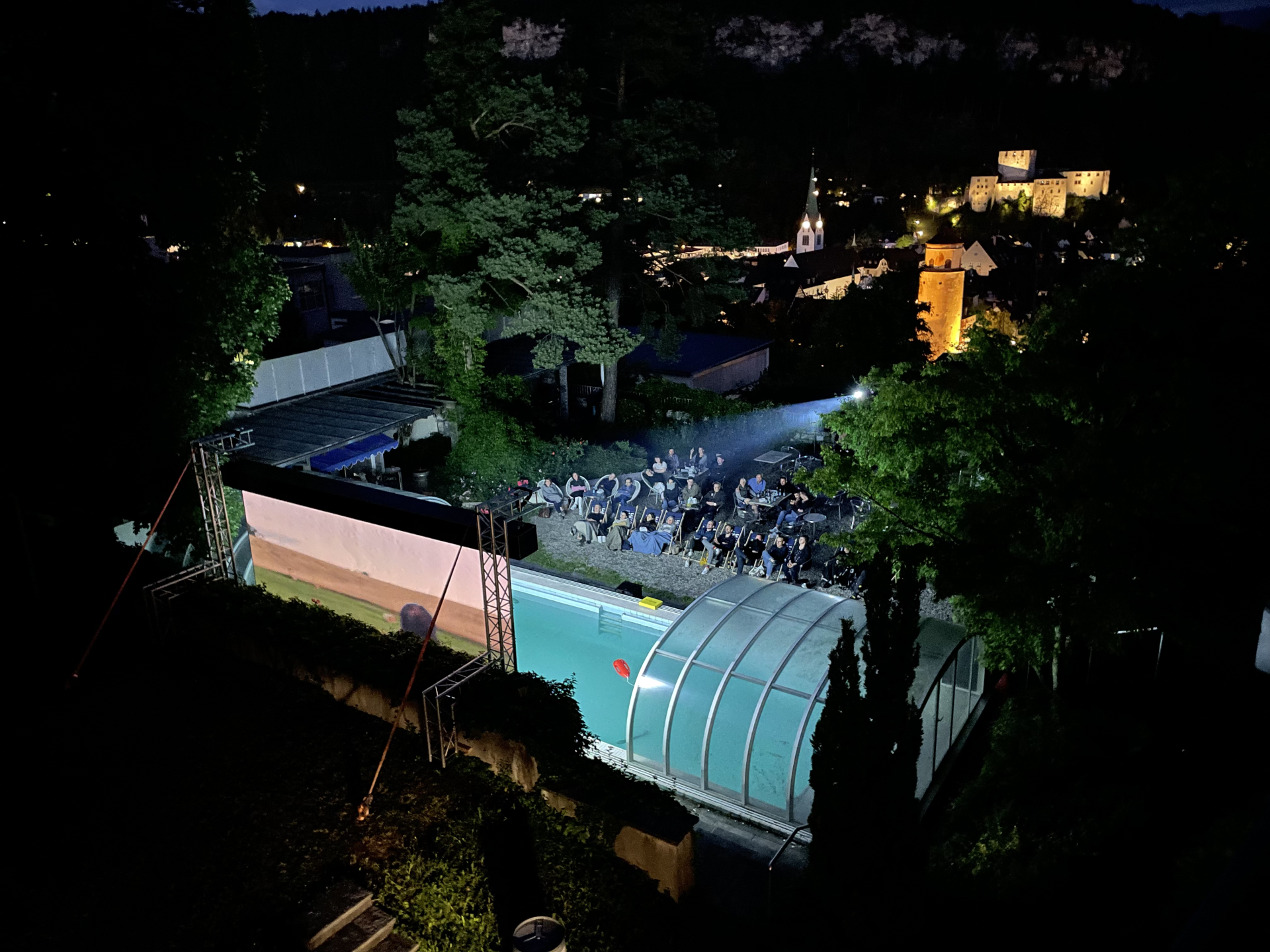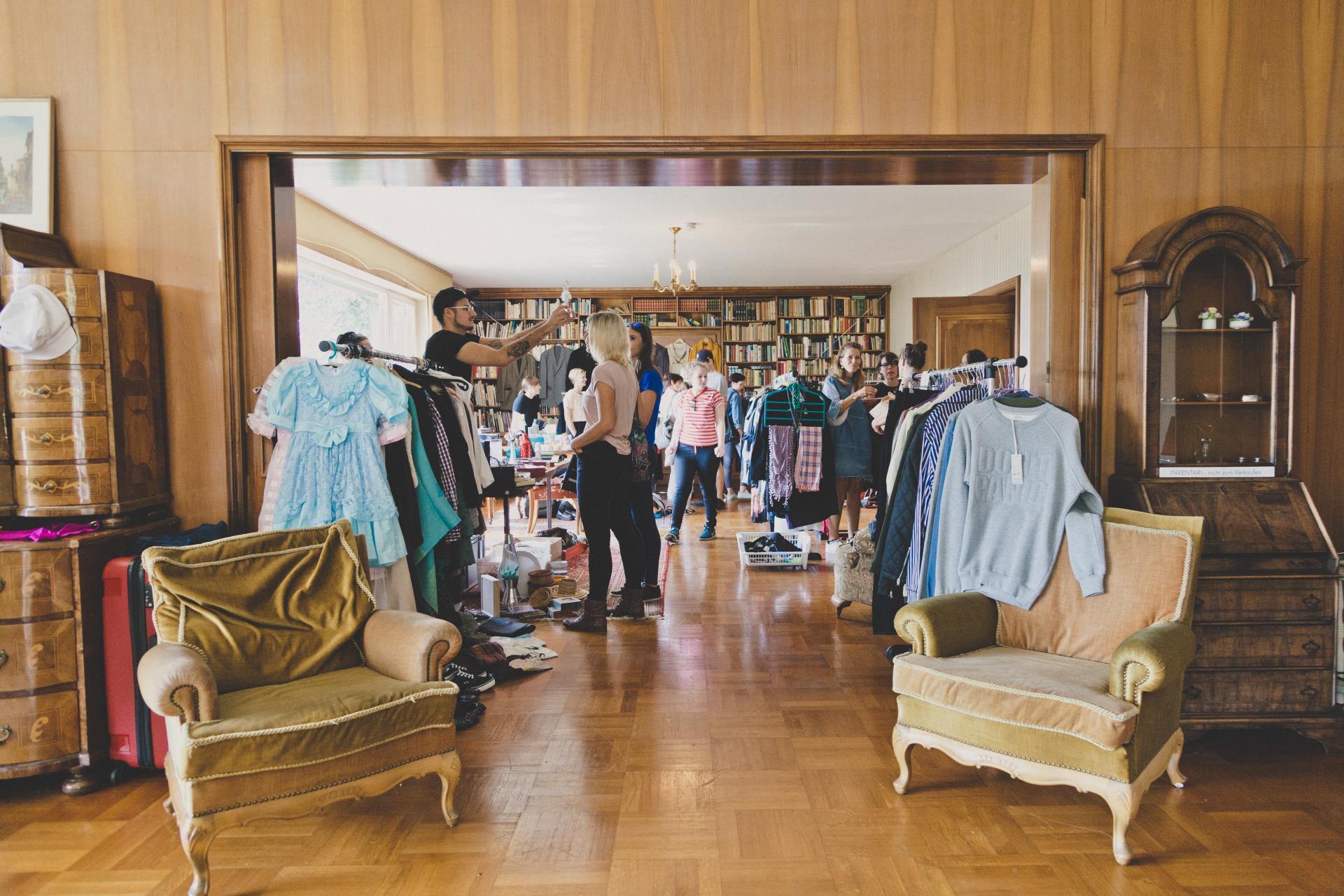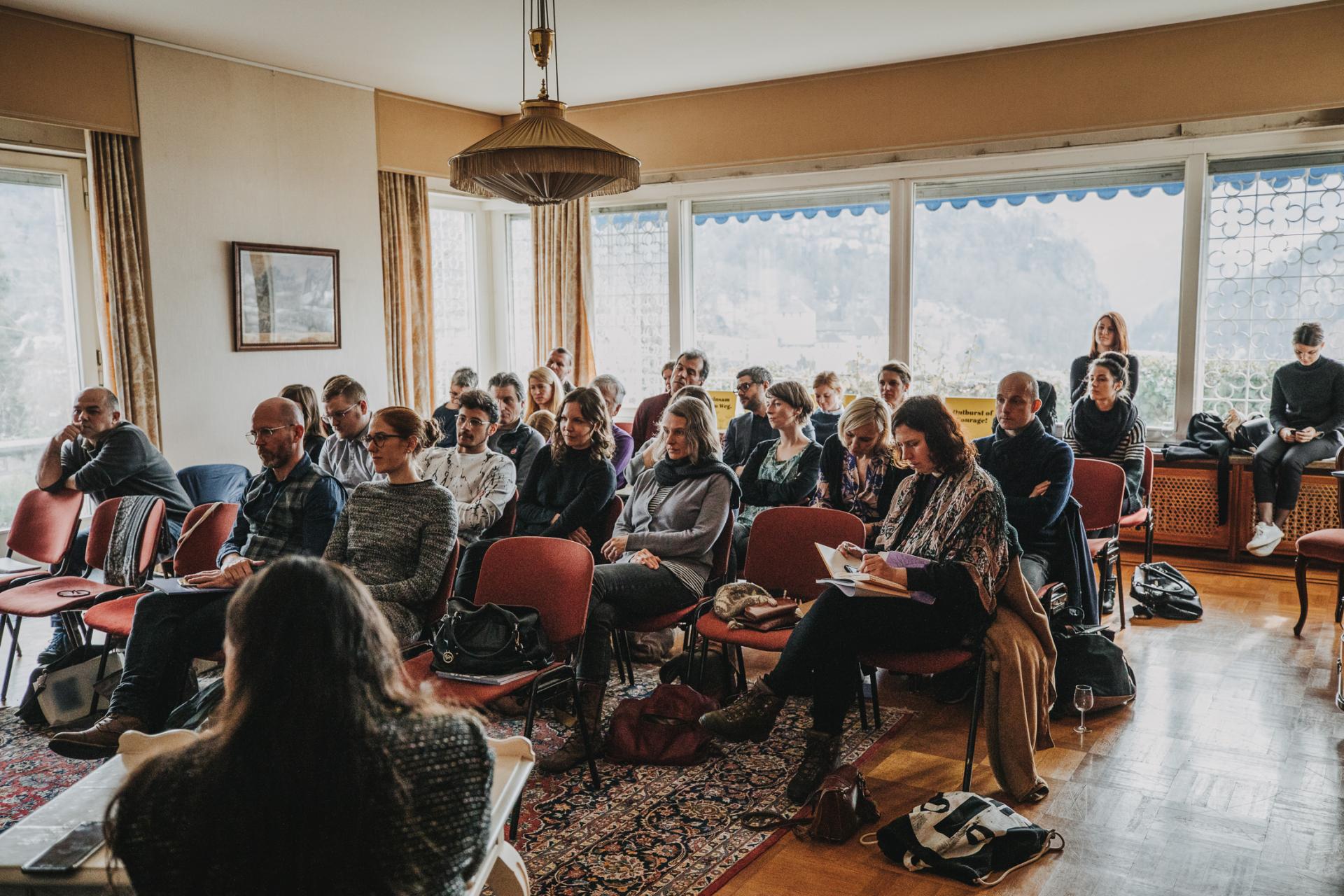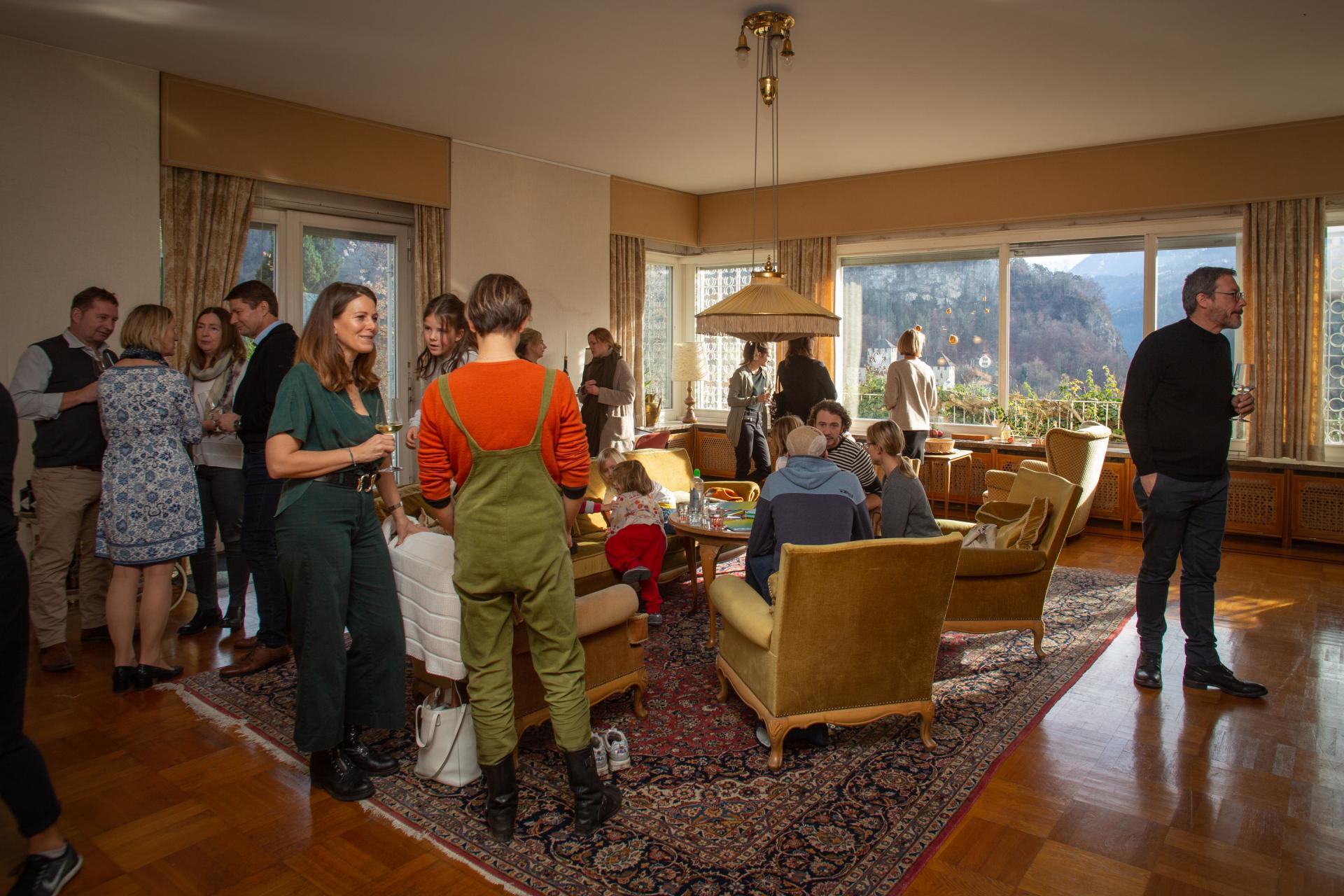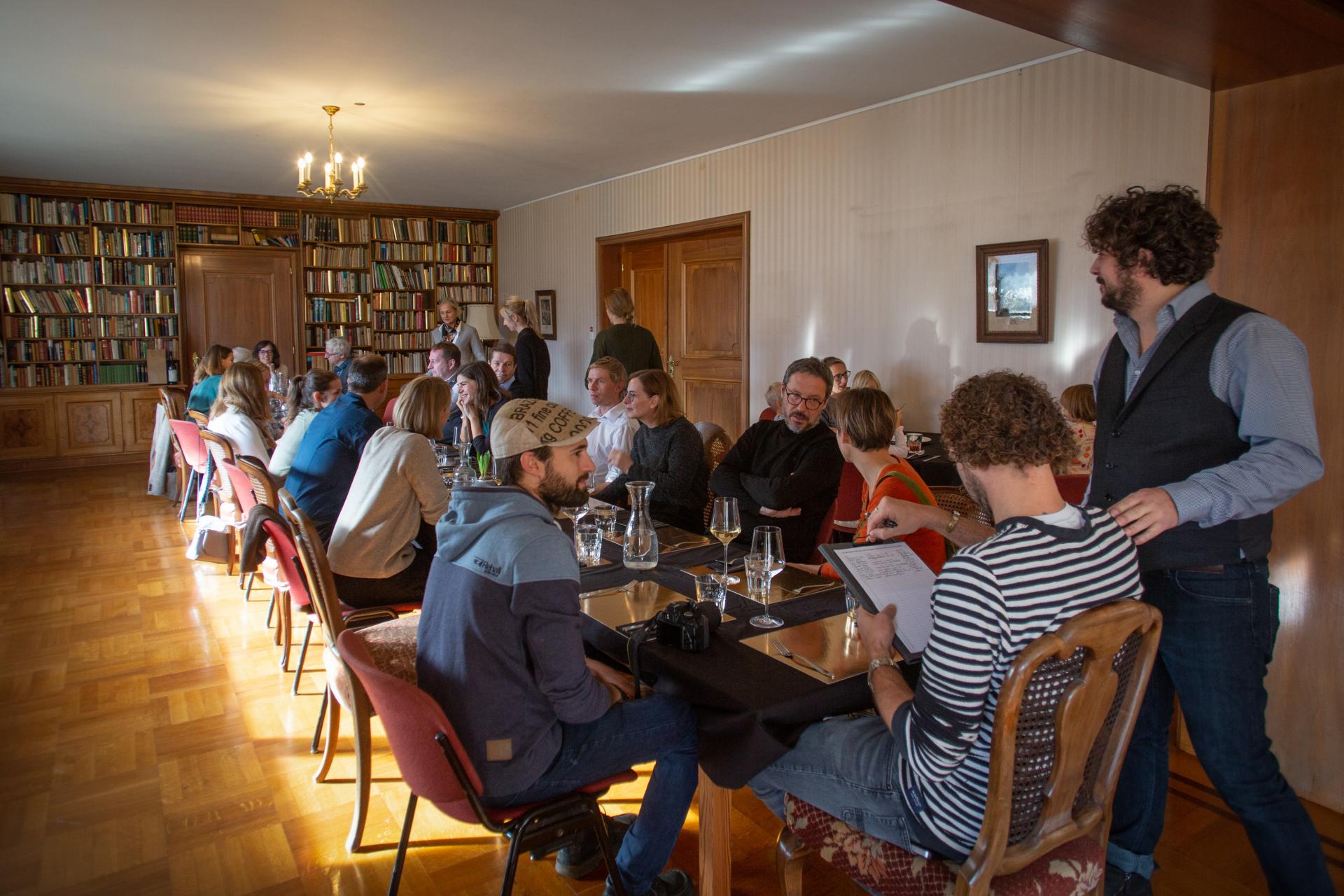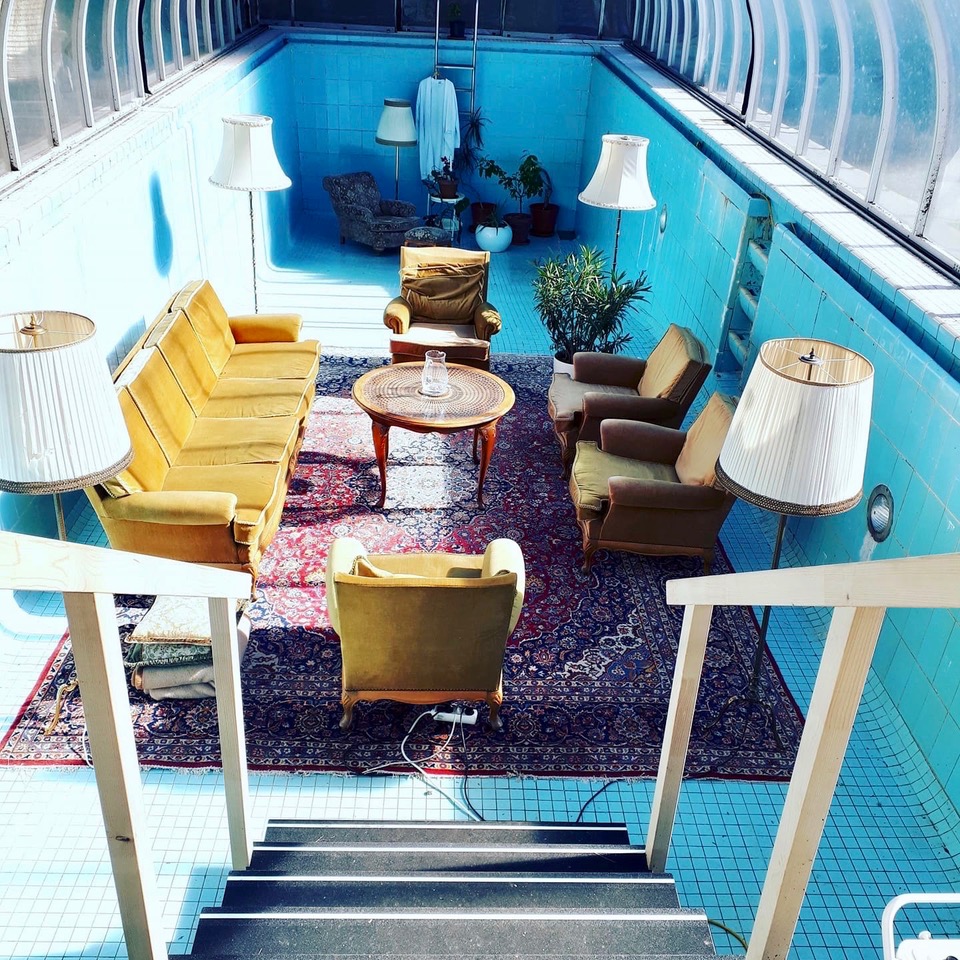VILLA MÜLLER - 2nd Hand Spaces
Basic information
Project Title
Full project title
Category
Project Description
VILLA MÜLLER as a cultural project combines an old building structure with the local cultural heritage, artistic dynamics and everyday life in the region. As part of a participatory process a cultural program with interdisciplinary cooperations will be curated and supervised, which will offer a stage to local art and culture as well as handicrafts. In addition we serve as a networking site and neighborhood meeting place without any consumtion stress and we show a common way into the future.
Geographical Scope
Project Region
Urban or rural issues
Physical or other transformations
EU Programme or fund
Which funds
Description of the project
Summary
VILLA MÜLLER is an inclusive cultural project that revitalizes a former vacancy without major structural interventions and offers a low-threshold networking place for local artists and cultural workers.
The house, a former city villa, was repaired with simple means and local resources as well as know-how in order to be made accessible to the general public. Old furniture was used for this and partnerships with local initiatives were established. In this way, an old building could be revived and at the same time made available to the local population as a semi-public area.
In a participatory process, a cultural program is set up annually, curated and supervised with the involvement of all local interested citizens, in which anyone who wants can participate and contribute. This increases the identification of the local population with the project and the sense of belonging, and everyone involved sees VILLA MÜLLER as their joint project.
In the tradition of the artistic and literary salons of the 18th and 19th centuries, the house was created as a discursive platform that encourages an exchange between art, culture, business, politics, local crafts and social life. All cultural genres are welcome and will find enough space in the villa. With the three pillars of production, performance and mediation, all interested parties are offered low-threshold access to art and culture in the region and beyond. In this context, the house is used both for co-creation and for art residencies, which creates new qualities in cultural work and strengthens the cultural landscape of the entire region.
Key objectives for sustainability
VILLA MÜLLER is an inclusive cultural project that revitalizes a former vacancy without major structural interventions and offers a low-threshold networking place for local artists and cultural workers.
The house, a former city villa, was repaired with simple means and local resources as well as know-how in order to be made accessible to the general public. Old furniture was used for this and partnerships with local initiatives were established. In this way, old buildings could be revived and at the same time made available to the local population as a semi-public area.
In a participatory process, a cultural program is set up, curated and supervised with the involvement of all local interested citizens, in which anyone who wants can participate and contribute. This increases the identification of the local population with the project and the sense of belonging, and everyone involved sees VILLA MÜLLER as their joint project.
In the tradition of the artistic and literary salons of the 18th and 19th centuries, the house was created as a discursive platform that encourages an exchange between art, culture, business, politics, local crafts and social life. All cultural genres are welcome and will find enough space in the villa. With the three pillars of production, performance and mediation, all interested parties are offered low-threshold access to art and culture in the region and beyond. In this context, the house is used both for co-creation and for art residencies, which creates new qualities in cultural work and strengthens the cultural landscape of the entire region.
Key objectives for aesthetics and quality
By preserving the old structure of VILLA MÜLLER from the 1960s and appreciating its interior design while retaining and maintaining the tiles, installations, windows, floors and furniture, the house is taken back to the time it was built. It’s a place with a special flair, from another time, reconstructed. The appearance and the effect on visitors is unique due to the authenticity and usability instead of a museum character and conveys closeness, familiarity and belonging. The interior of the villa is not retro and trimmed to look old, but lovingly designed with original furniture from the time, is selectively adapted to the desired use and reflects the zeitgeist and the aesthetic feeling of the time. Together with designers and architects, different spatial situations were developed and tested with the furniture, which are used again and again in different situations and express the authenticity and aesthetics of the room despite different requirements.
Key objectives for inclusion
VILLA MÜLLER not only focuses on inclusion and participation in terms of the content of the cultural performances by inviting all interested people from the local population to participate. Local initiatives and social organizations are also involved and supported in terms of spatial and technical support. In this way, the house forms a place of integration on many different levels.
As part of the cultural activities, an association was founded, which shows an increasing number of members from all age and professional groups and social classes year after year. Every generation and group is represented, from children and pensioners to notaries and gardeners. Together, a performance program can be realized that appeals to as broad a population as possible, who then meet and get to know each other at the individual events.
The house is looked after in cooperation with local companies that supply materials or food and also with social organizations that provide labour. The villa also serves as a place to create jobs by placing and employing unemployed people or staff.
Results in relation to category
The successes of VILLA MÜLLER lie on many levels. On the one hand, the project has managed to provide the region with a permanent and diverse cultural program in which a wide variety of interests can be found and contributed. This is reflected in the yearly growing number of club members, the realized events and the number of visitors and groups as well as in the requests for cooperation from the regional educational institutions, cultural institutions and other initiatives and the media.
It has also contributed to job creation and employment over the years. The location was strengthened in many areas and inclusion was supported.
How Citizens benefit
The project VILLA MÜLLER was initially founded by a small group of local people with the involvement of the NEST vacancy agency. A crowdfunding campaign was jointly set up for the conception and implementation of the project, which was aimed specifically at the local population and opened up a participatory framework and a communication tool for implementation by having a say in the content and spatial design using local material, know-how, time and ideas. Together with the first interested parties, the necessary adaptations were made to make the house publicly usable. As part of a regular open day, an opportunity was created to get involved and to appropriate the place. An association was soon founded with the first interested parties, which forms the organizational framework for joint performances. Every year, the cultural supporting program is fine-tuned, but there is always room for spontaneous cooperation or requests for use of all kinds in order to keep the content as inclusive and accessible as possible. The advantages of this approach lie in the large number of planned and spontaneous visitors to the events, in the great popularity that the project enjoys among the population and in the high level of identification with the project as a regeneration of old substance and the platform for local art and culture as well as traditional handicrafts.
Physical or other transformations
Innovative character
The innovative power of the project lies in the broad involvement of a wide variety of interest groups in the conception and implementation of the content-related, cultural presentation. Artists and cultural workers are not only exhibitors, but can also be hosts and help shape the organizational framework. They no longer just stand alone in front of the visitors, but can develop content formats, business models and events in an interdisciplinary manner with people from different industries. They can network in new ways, use synergies and contacts and break new ground in their work. The local population can implement a cultural program according to their taste and according to the most diverse interests, and they themselves help to shape their environment, culture and the passing on of tradition. Other cultural institutions do not support such an extensive interaction of artists and cultural workers, interested audiences and organizers, mixing roles and competences.
Learning transferred to other parties
The transfer potential of the concept of the VILLA MÜLLER to other vacancy activations or cultural centers is relatively large, because through the interdisciplinary, cross-generational, joint conceptualization and implementation, the know-how for the implementation and functioning of such a project does not lie with a few initiators, but with the entirety of the people involved in the process. The knowledge is therefore shared and available to every single person involved and therefore transferable to every other project at any time via every single person everywhere. The success of the VILLA MÜLLER and its attractiveness for the most diverse population groups shows its low-threshold nature and its potential for transferability.

